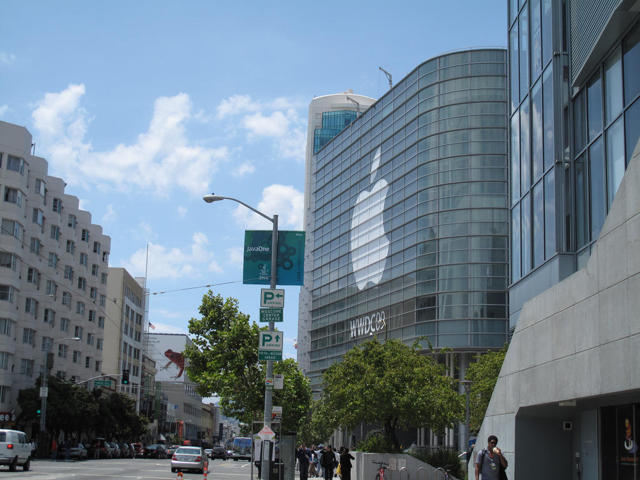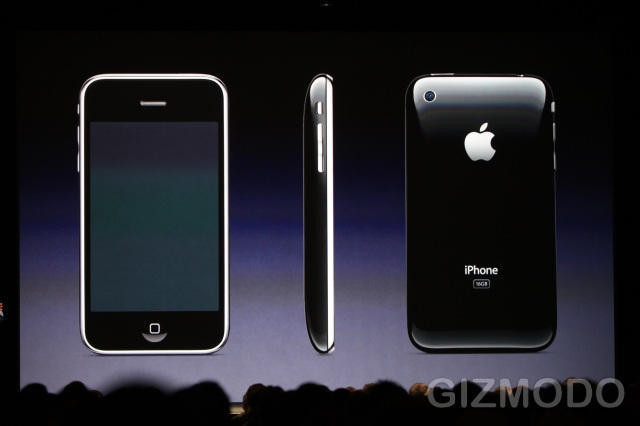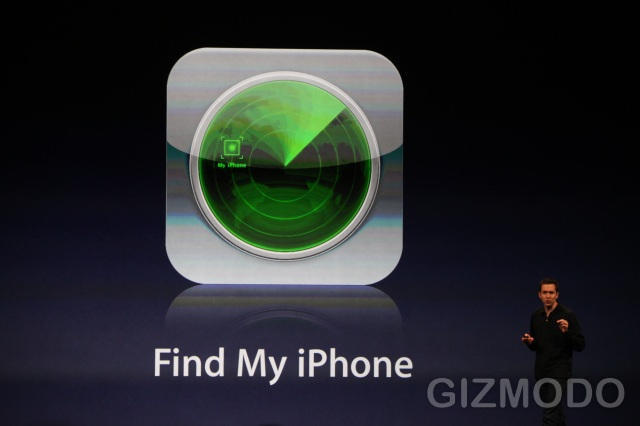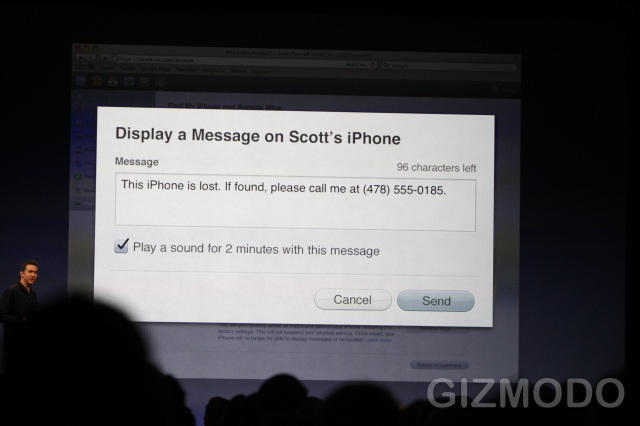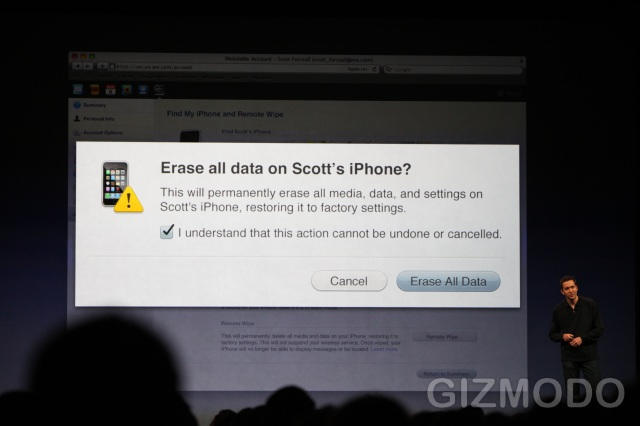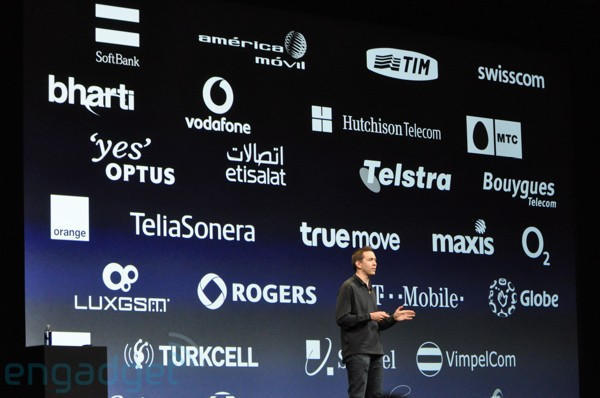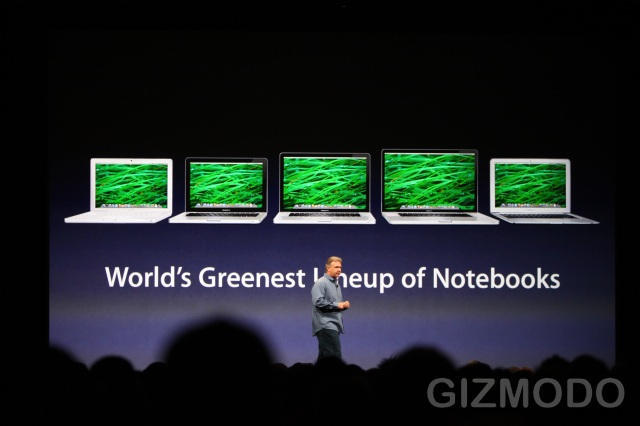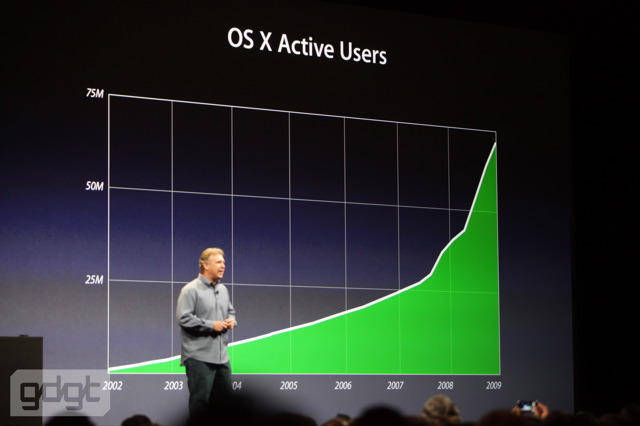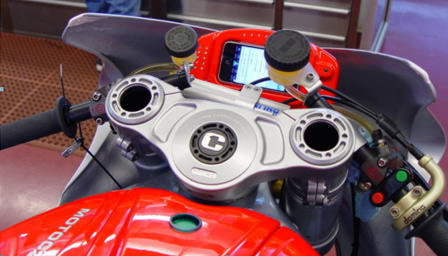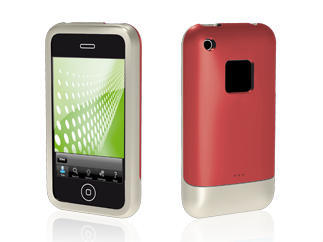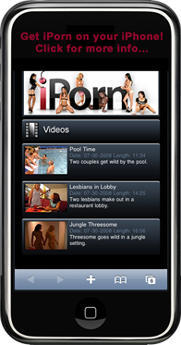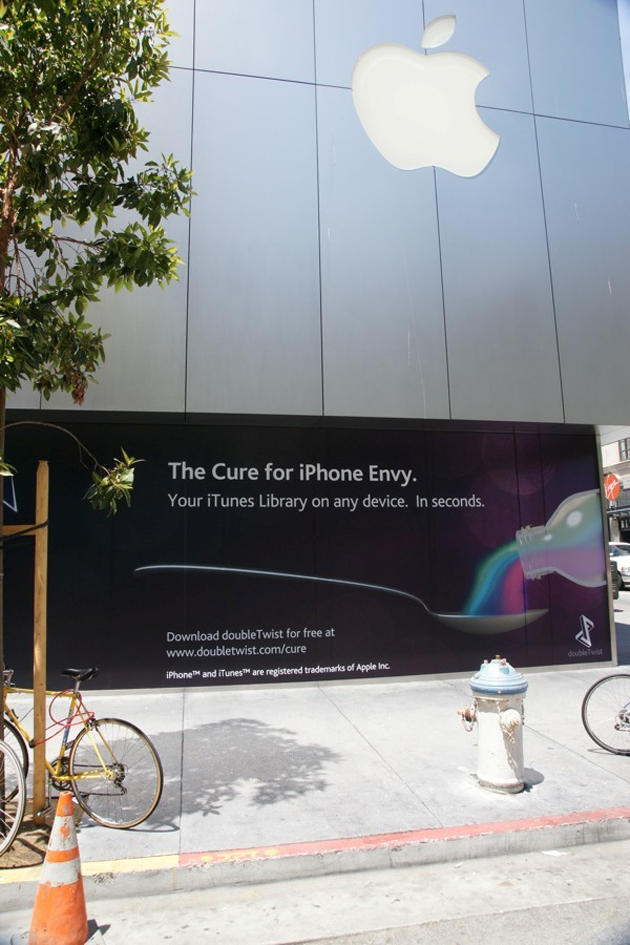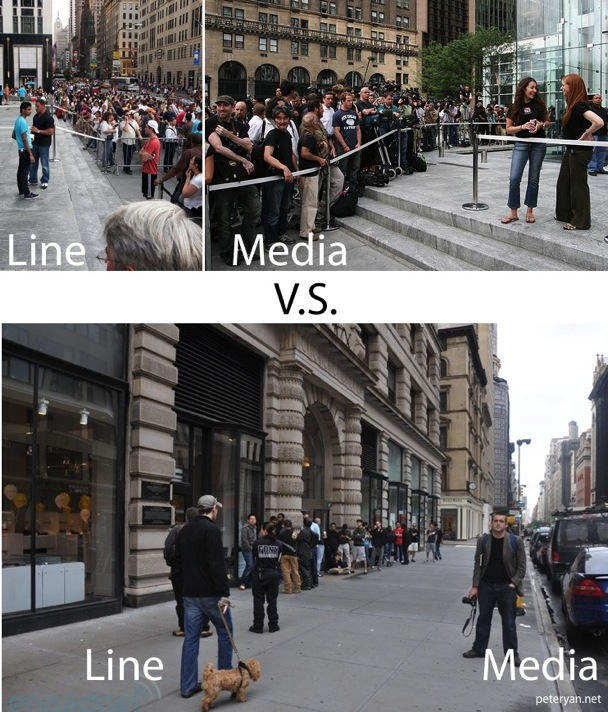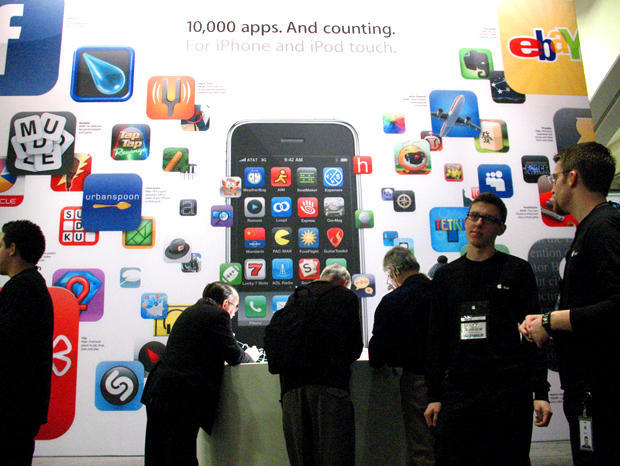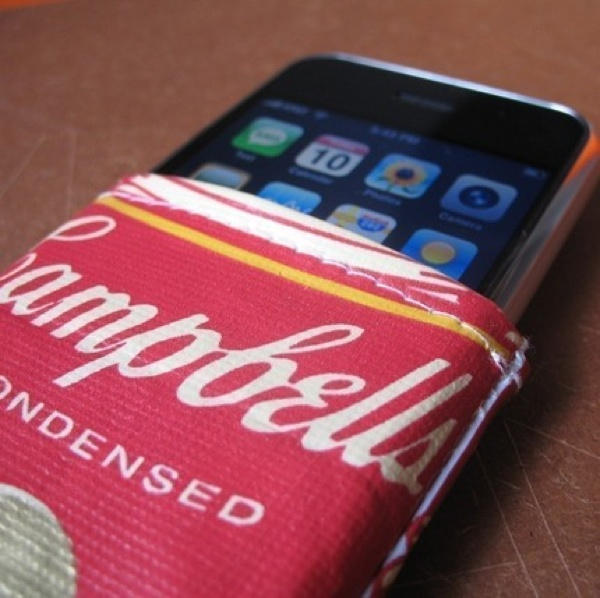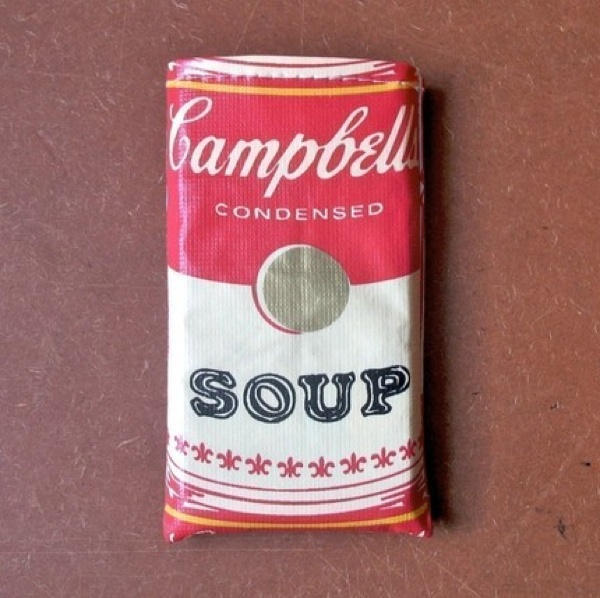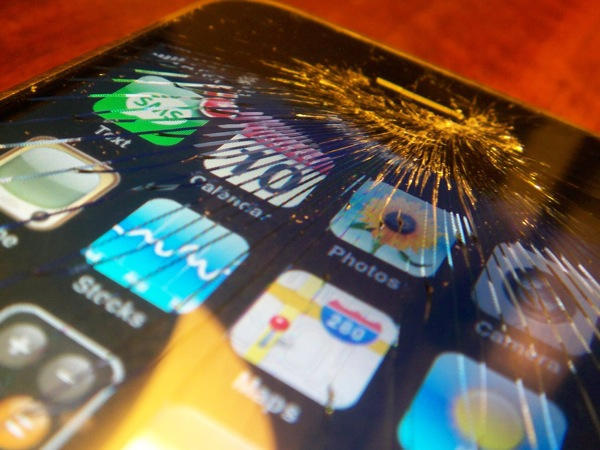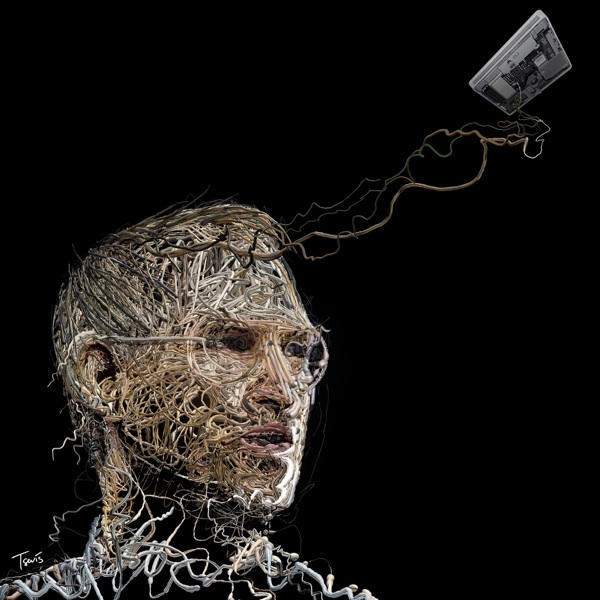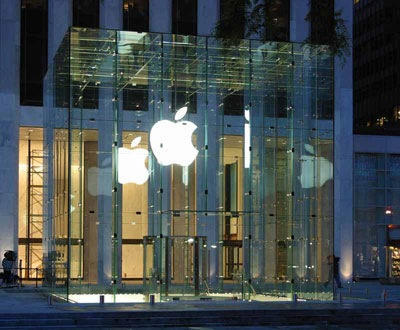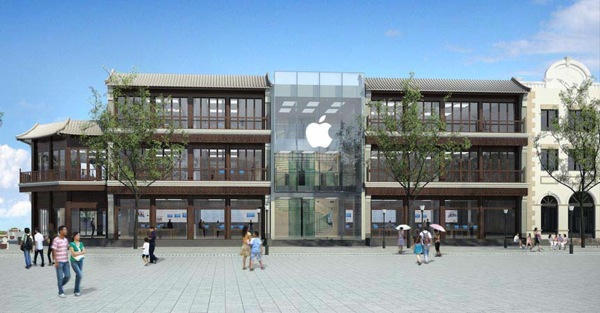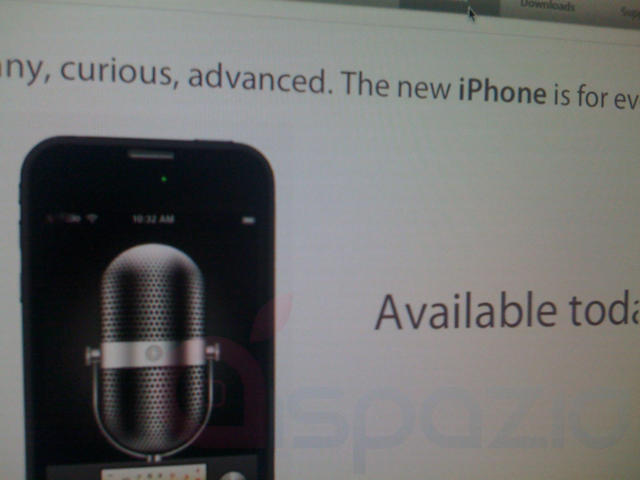Apple fans are generally pleased with Snow Leopard and the new iPhone 3GS but are disappointed Steve Jobs didn’t make a surprise appearance at WWDC.
“Despite Snow Leopard, OS 3.0 and the new iPhone 3GS, what i really wanted to see was Steve Jobs healthy and onstage,” tweeted AppsAddicts.
“Dammmn, We miss Steve Jobs. This keynote sucked,” said mumph.
Steve Jobs’ absence prompted many to wonder about his health, and whether he would return to Apple at the end of the month as the comapny has indicated. One Apple fan compared Jobs to the elusive Osama Bin Laden.
“Where’s Steve Jobs? Keeping his death a secret like bin Laden?” tweeted brokenalice.
Fans also complained about the lack of a forward-facing camera on the new iPhone, which had been widely rumored, and no iTablet.
